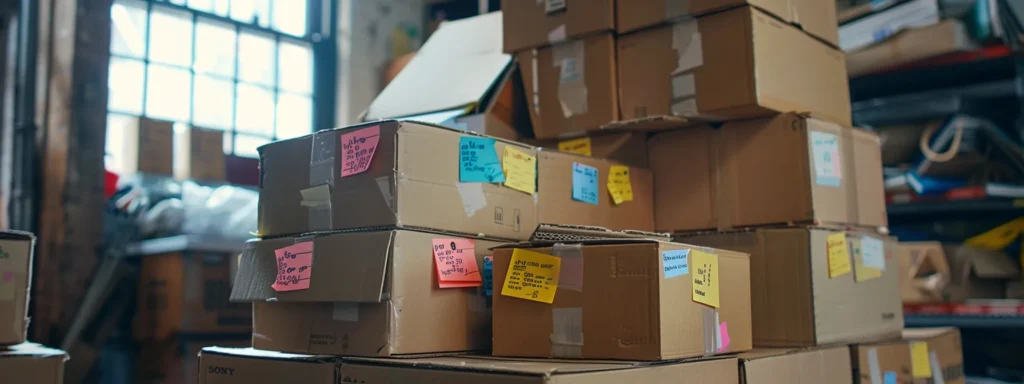Efficient Moving Strategies for Hudson Valley Relocation
Moving can be a daunting task, often filled with stress and uncertainty, especially when relocating to a new area like Hudson Valley. This guide offers proven strategies to streamline your move, from planning your relocation with essential steps to implementing efficient packing techniques. Readers will learn how to declutter effectively, consider local moving challenges, and explore storage solutions that fit their needs. Whether homeowners or businesses, this content aims to simplify the moving process, addressing common pain points related to hiring professional help and utilizing self-storage options while ensuring a smoother transition to the Hudson Valley community.
Planning Your Move to Hudson Valley: Essential Steps

Creating a successful move to Hudson Valley requires careful planning in several key areas. This includes developing a customized moving timeline for Long Distance Moving, setting a realistic moving budget, and researching the best neighborhoods for relocation. Homeowners should also ensure they select a trusted local moving company for their logistics needs and understand the moving regulations in New York. These essential steps set the foundation for smooth packing, transport, unloading, and overall customer satisfaction.
Creating a Customized Moving Timeline
Creating a customized moving timeline is crucial for a successful relocation to Hudson Valley, especially when planning for specific needs like fine art handling or rigging for large items. Homeowners should start the timeline at least eight weeks before moving day, allowing ample time to gather packing supplies and organize logistics effectively. By breaking tasks into manageable steps, such as scheduling moving services and packing valuable items, individuals can reduce stress and ensure a smooth transition to their new home in upstate New York.
Setting a Realistic Moving Budget
Setting a realistic moving budget is a vital step for homeowners and businesses relocating to Hudson Valley. It is essential to account for the cost of local or long-distance movers, especially when transporting delicate items like antiques. Additional expenses, such as office moving costs, junk removal services, and packing supplies, should also be factored in to avoid surprises. By planning ahead and understanding these costs, individuals can ensure a smoother transition and enhance overall customer satisfaction during the moving process.
Researching Hudson Valley Neighborhoods
Researching Hudson Valley neighborhoods is an essential step in the moving process, as each area offers different amenities and atmospheres suitable for various lifestyles. Prospective movers should consider factors like local schools, recreational facilities, and proximity to work when evaluating neighborhoods within specific zip codes. To streamline the relocation process, individuals can request a quote from Local Moving Services that understand the specific needs of different neighborhoods, ensuring an efficient unload at their new residences.
- Assess local amenities and features.
- Consider school ratings and family-friendly options.
- Evaluate commute times and transportation accessibility.
- Look into community events and cultural offerings.
- Research safety and neighborhood dynamics.
Selecting a Trusted Local Moving Company
Selecting a trusted local moving company is a critical aspect of a successful relocation to the Hudson Valley. Homeowners should prioritize companies with strong reputations and extensive experience in managing both local and long-distance moves, ensuring they provide essential packing supplies like bubble wrap and boxes. Utilizing reliable New York movers can alleviate concerns about inventory management, leading to a more organized and efficient moving day, especially for those transitioning from New York City:
- Research moving companies’ credentials and customer reviews.
- Request estimates and ask about available moving supplies.
- Verify insurance and licensing details.
- Inquire about their experience with delicate items and specialty moving needs.
- Understand their inventory management process for items being relocated.
Understanding Moving Regulations in New York
Understanding moving regulations in New York is essential for a hassle-free relocation to Hudson Valley. Regulations may vary based on local municipalities, influencing how moves are scheduled, what permits may be required, and any restrictions on parking and loading zones. Homeowners and businesses should consult their chosen moving company, such as Hudson ValleyMovers, to ensure compliance with all local moving and storage laws for a smooth experience:
- Review local moving regulations and permit requirements.
- Ensure loading and unloading areas comply with city rules.
- Check for any restrictions on large vehicle access.
- Consult with local moving services for guidance.
- Understand your rights and responsibilities as a customer.
Moving isn’t just about packing boxes; it’s about shedding what you no longer need. A clear space leads to a clear mind, making decluttering a vital step before the journey.
Decluttering and Organizing Before the Move
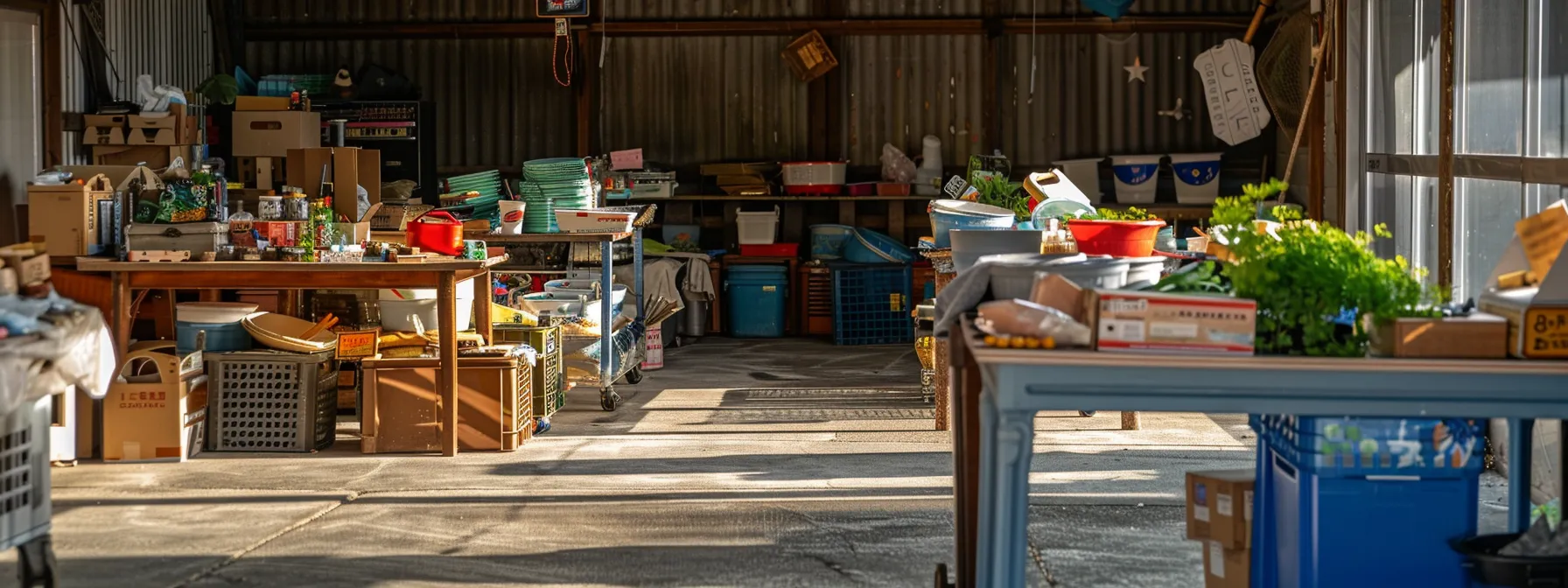
Before embarking on a move to Hudson Valley, homeowners should focus on decluttering and organizing their possessions. This includes assessing household items to determine what to keep, donate, or discard. Additionally, organizing important documents and valuables is essential to ensure they remain safe during transit. Hosting a successful garage sale can also help eliminate unwanted items and generate extra funds for Moving Boxes or supplies. This focus streamlines the relocation process and enhances the overall moving experience.
Assessing Your Household Items
Assessing household items is a critical step in the decluttering process before moving to Hudson Valley. Homeowners should systematically evaluate their possessions, deciding what to keep, donate, or discard based on condition and usage. By focusing on essential items and letting go of unnecessary clutter, individuals not only streamline the packing process but also create a more organized living space in their new home, ultimately enhancing their moving experience.
Sorting Items to Keep, Donate, or Discard
When sorting items to keep, donate, or discard, homeowners in Hudson Valley should carefully evaluate each possession. A practical approach involves considering the frequency of use and the emotional value attached to each item. Keeping only what is truly necessary not only simplifies the packing process but also contributes to a more organized and functional living space in the new home.
Organizing Important Documents and Valuables
Organizing important documents and valuables is a vital step when preparing for a move to Hudson Valley. Homeowners should gather essential papers, such as identification, financial records, and property documents, and store them in a dedicated folder or bag that is easily accessible during the move. By keeping these crucial items secure and well-organized, individuals can reduce stress and ensure peace of mind as they transition to their new home.
Tips for Hosting a Successful Garage Sale
Hosting a successful garage sale can significantly reduce clutter while generating funds to assist with moving costs. Organizers should start by choosing a date and time that will attract the most visitors, preferably during weekends when people are out shopping. Clear pricing on items, along with providing well-organized, clean displays, can enhance the appeal of items for sale, making it easier for buyers to browse and purchase.
| Step | Description |
|---|---|
| Choose the Right Date | Select a weekend to maximize foot traffic for your garage sale. |
| Organize Items | Group similar items together and keep the display tidy to attract potential buyers. |
| Price Items Clearly | Use visible price tags to make transactions smooth and simple. |
| Advertise the Sale | Utilize social media and local flyers to inform the community about the sale. |
| Be Friendly | Engage with shoppers to encourage purchases and create a welcoming atmosphere. |
With the clutter gone, a sense of clarity emerges. Now, it is time to master the art of packing efficiently to make the journey ahead smoother.
Efficient Packing Techniques for a Stress-Free Move
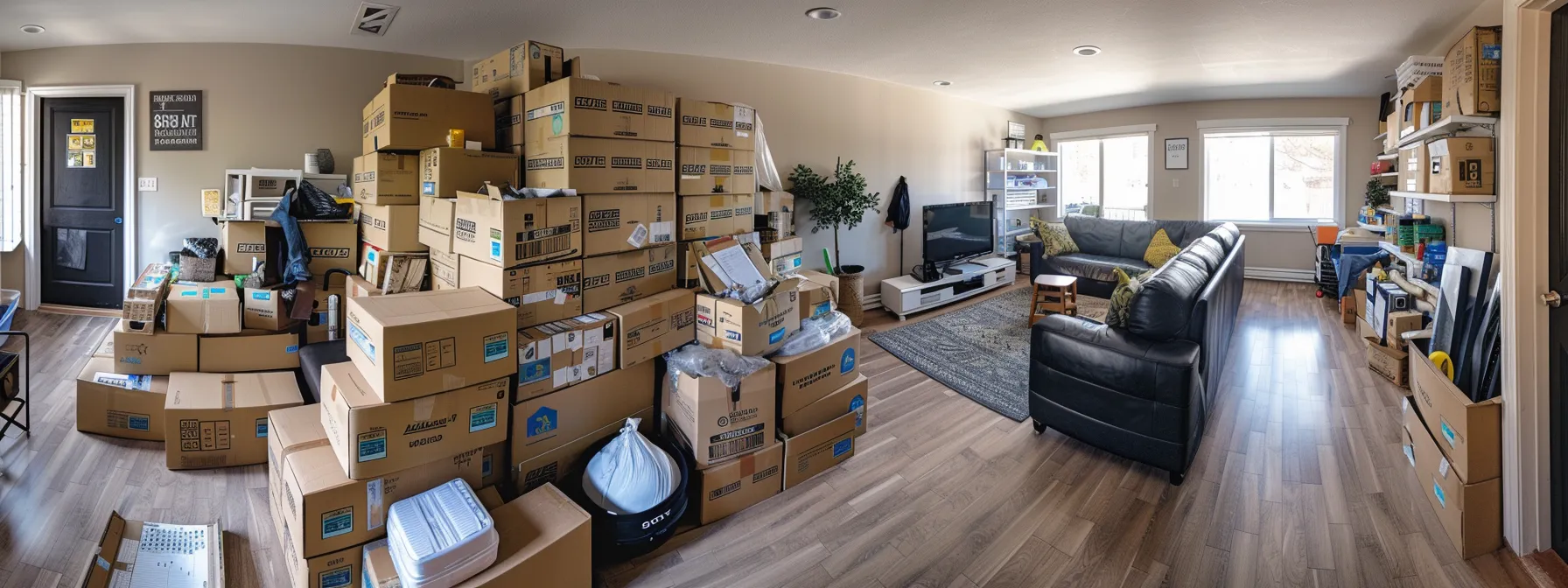
Gathering essential packing supplies is the first step to ensure a smooth relocation to Hudson Valley. Effective room-by-room packing strategies help streamline the process, while protecting fragile and valuable items is crucial for a successful move. Labeling boxes for easy unpacking and packing a survival kit for moving day enhances organization. These expert techniques will contribute to an efficient and stress-free moving experience.
Gathering Essential Packing Supplies
Gathering essential packing supplies is a fundamental step for a smooth relocation to Hudson Valley. Movers should prioritize acquiring sturdy boxes, packing tape, bubble wrap, and labels to safeguard their belongings during transit. For an efficient packing process, having these materials readily available allows individuals to pack systematically, reducing the risk of damage and ensuring that all items are organized for easy unpacking at their new home.
Room-by-Room Packing Strategies
Implementing room-by-room packing strategies is essential for an organized and efficient move to Hudson Valley. By tackling one space at a time, homeowners can focus their efforts, making it easier to pack items methodically and keeping similar items together. This approach not only helps reduce packing errors but also simplifies the unpacking process in the new home, allowing for a smoother transition for families and individuals alike:
- Start with rarely used rooms, such as guest rooms or attics.
- Pack like items together to avoid confusion during unpacking.
- Label boxes clearly with both the room name and a brief description of contents.
- Make an inventory list for each room to track packed items.
- Reserve essential items for last-minute packing to ensure immediate access upon arrival.
Protecting Fragile and Valuable Items
Protecting fragile and valuable items is essential to ensure a smooth relocation to Hudson Valley. Homeowners should use high-quality packing materials such as bubble wrap, packing paper, and sturdy boxes to shield delicate belongings during transport. Additionally, placing these items in their own boxes with appropriate cushioning can minimize the risk of damage, allowing for peace of mind throughout the moving process.
Labeling Boxes for Easy Unpacking
Labeling boxes effectively is a crucial step in ensuring a smooth unpacking process during a relocation to Hudson Valley. By clearly marking each box with its destination room and a brief description of its contents, homeowners can save valuable time searching for essential items upon arrival. This practice not only simplifies the unpacking experience but also helps movers prioritize opening boxes that contain urgent necessities, such as kitchen items and toiletries:
- Use a color-coded system for different rooms.
- Write an inventory list of contents for each box.
- Clearly label boxes with the room name.
- Indicate whether the contents are fragile or require special handling.
- Place labels on multiple sides of the box for better visibility.
Packing a Survival Kit for Moving Day
Packing a survival kit for moving day is essential for ensuring a seamless transition to a new home in Hudson Valley. This kit should include all necessary items, such as basic toiletries, medications, essential documents, and a change of clothes, which will be easily accessible during the move. By preparing this kit in advance, homeowners can minimize stress and have peace of mind knowing that their immediate needs are taken care of, allowing them to focus on the logistics of their relocation.
Packing is just the beginning. Next, the unique challenges of moving in the Hudson Valley await, and understanding them can make all the difference.
Addressing Hudson Valley's Unique Moving Considerations
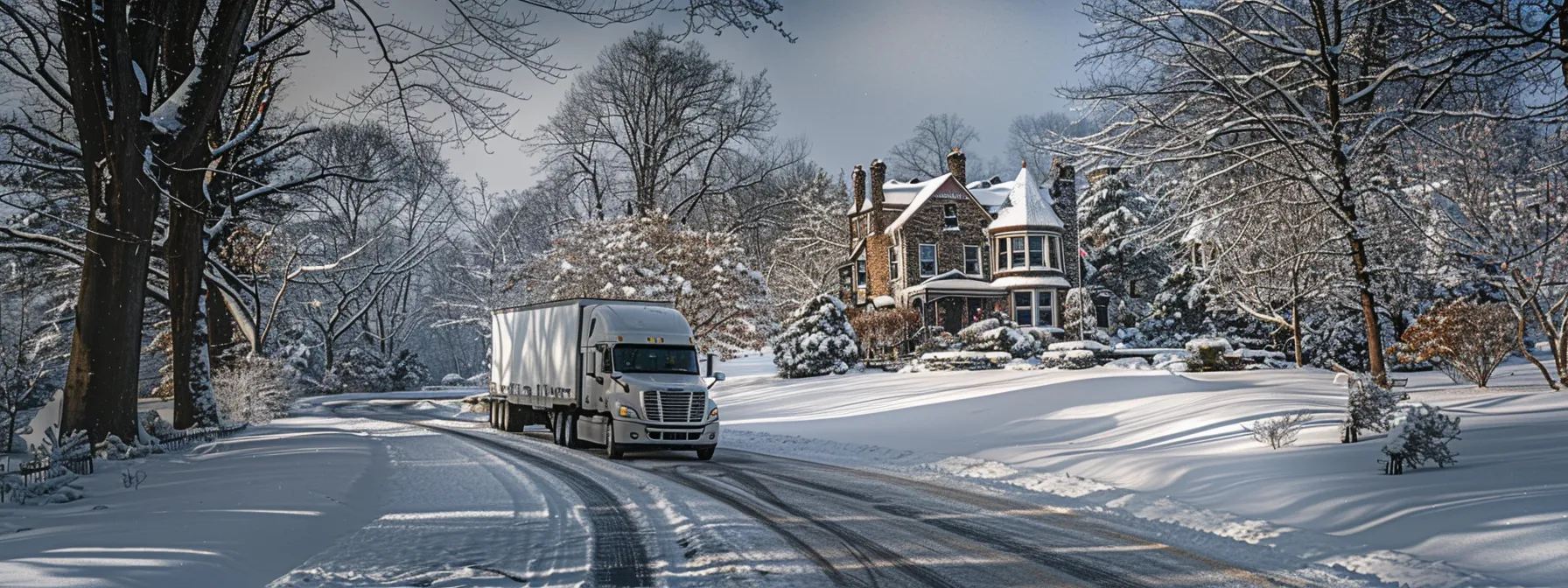
Addressing Hudson Valley's Unique Moving Considerations
Movers to Hudson Valley must consider several unique factors that can influence the relocation process. These include navigating seasonal weather challenges, planning for traffic and road conditions, and accessing properties with limited parking. Additionally, moving into historic or multi-story homes requires special planning and preparation. Addressing these considerations will facilitate a smoother moving experience.
Navigating Seasonal Weather Challenges
Navigating seasonal weather challenges is an important aspect of moving to Hudson Valley. Given the region’s varying climates, movers should prepare for potential rain, snow, or heat based on the time of year. Homeowners must consider these conditions when scheduling their move, ensuring that both the moving company and their belongings are protected from adverse weather effects. Additionally, taking precautions such as covering items with tarps or using weather-resistant packing materials can safeguard possessions during transport:
- Monitor weather forecasts leading up to the moving date.
- Ensure packing materials are weather-resistant.
- Schedule moving services during favorable weather conditions.
- Prepare a plan for potential weather-related delays.
Planning for Traffic and Road Conditions
Planning for traffic and road conditions is essential when moving to Hudson Valley. The region can experience high traffic volumes, especially during peak hours or on weekends, which may lead to delays. Homeowners should consider scheduling their move during off-peak times and use mapping apps to monitor real-time conditions, ensuring a smoother relocation and minimizing the risk of unforeseen obstacles during transit.
Accessing Properties With Limited Parking
Accessing properties with limited parking in Hudson Valley can pose challenges during a move. Homeowners should plan ahead by checking local parking regulations and exploring potential temporary parking options for moving vehicles. Additionally, coordinating with the moving company to arrange for the unloading area can streamline the process, ensuring that all belongings are safely and efficiently transitioned into the new home, even in tight spaces.
Moving Into Historic or Multi-Story Homes
Moving into historic or multi-story homes in Hudson Valley requires specific planning and careful consideration. The unique architectural features of these homes often present challenges, such as narrow stairways, elevated entryways, and delicate materials that may require special handling. Homeowners should communicate with their moving company about any potential obstacles, such as needing a smaller vehicle for access or additional manpower for safely navigating stairs, to ensure a seamless and efficient relocation process.
After considering the unique challenges of moving in Hudson Valley, one must think about how to store what remains. Proper storage solutions can ease the burden, offering space and peace of mind during the transition.
Making the Most of Storage Solutions
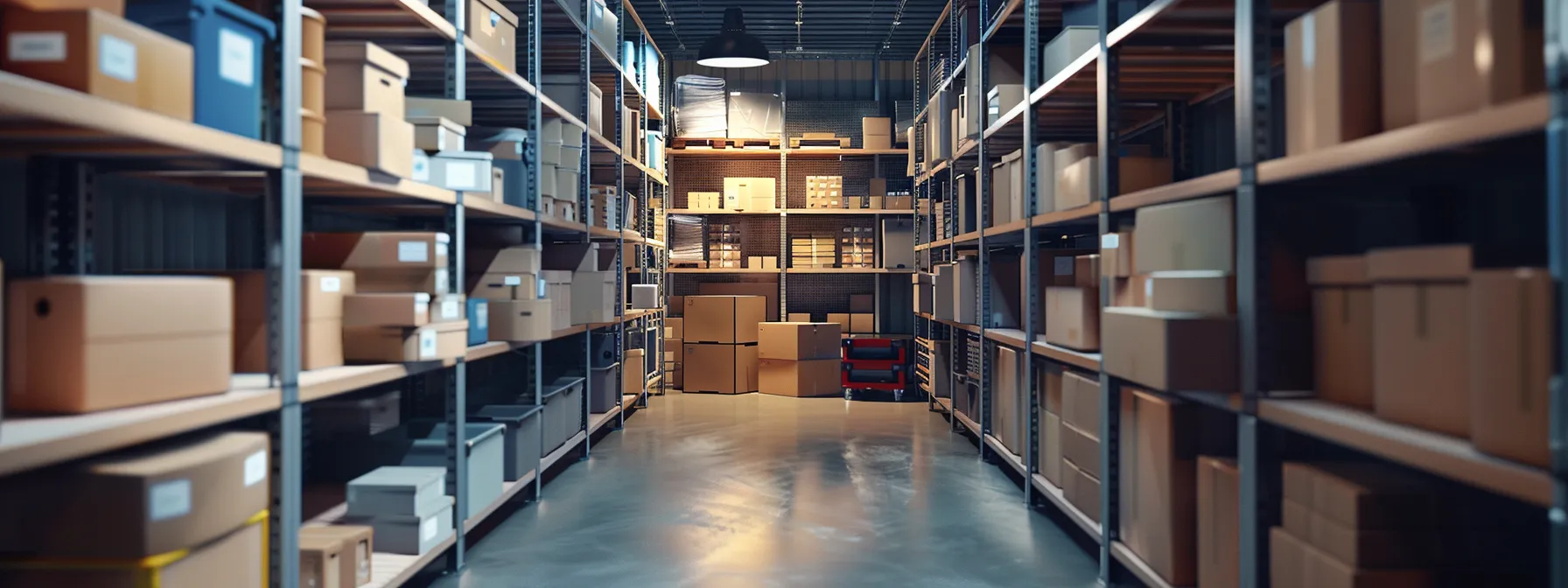
Deciding when to use storage units is essential for a successful move to Hudson Valley. This includes preparing items for long-term storage, selecting secure storage facilities, and understanding storage costs and contracts. Each topic offers practical insights that assist movers in efficiently managing their belongings during the relocation process, ensuring a smooth transition into their new home.
Deciding When to Use Storage Units
Deciding when to use storage units can significantly simplify the moving process in Hudson Valley. Homeowners may find that temporary storage is beneficial if there’s a gap between moving out of one home and into another, or if they need extra space to sort and organize their belongings. Utilizing storage solutions can help alleviate stress and provide a safe environment for valuables during the transition:
- When downsizing or decluttering before a move.
- During home renovations that require temporary storage of furniture.
- If the new residence is not ready for immediate occupancy.
- For seasonal items that are not needed during the move.
- To store inherited items until a decision is made on their future.
Preparing Items for Long-Term Storage
Preparing items for long-term storage is crucial for ensuring their condition and accessibility over time. Homeowners should begin by cleaning and drying all items to prevent mold and mildew, especially for fabrics and wood. Additionally, using high-quality, moisture-resistant packing materials, such as plastic bins and acid-free boxes, protects belongings from dust and pests while making it easier to organize and label each stored item.
| Step | Description |
|---|---|
| Clean Items Thoroughly | Ensure all items are clean and dry to avoid damage during storage. |
| Use Quality Packing Materials | Opt for moisture-resistant bins and acid-free boxes for protection. |
| Label Everything | Clearly label containers for easy identification when needed. |
| Choose Appropriate Storage Location | Select a climate-controlled storage facility for sensitive items. |
| Inventory Stored Items | Create a list of items in storage to track belongings easily. |
Choosing Secure Storage Facilities in Hudson Valley
Choosing secure storage facilities in Hudson Valley is crucial for protecting belongings during a move. It is essential for homeowners to look for facilities that offer climate control, 24/7 surveillance, and easy access. By researching facility reviews and asking about security features, individuals can ensure their items remain safe and accessible until they are ready to be moved into their new home.
Understanding Storage Costs and Contracts
Understanding storage costs and contracts is vital for homeowners moving to Hudson Valley. Different facilities offer varying rates based on factors such as location, size of the unit, and type of climate control. Before signing a contract, individuals should clarify the terms, including rental periods, cancellation policies, and any fees for late payments or special access, ensuring they select a storage solution that fits both their budget and their moving needs.
With your belongings tucked away safely, it’s time to embrace the next chapter in the Hudson Valley. Discovering your new community will bring fresh faces and lasting friendships.
Settling Into Your New Hudson Valley Community

Settling into a new Hudson Valley community involves several key steps to ensure a smooth transition. Efficient unpacking and home setup are crucial for comfort, while connecting utilities and essential services guarantees convenience. Additionally, registering local schools and healthcare options, exploring community resources, and attending events help newcomers acclimate. Finally, practical tips for meeting neighbors foster meaningful connections within the community.
Unpacking Efficiently and Setting Up Your Home
Unpacking efficiently and setting up a new home in Hudson Valley involves a strategic approach that prioritizes comfort and functionality. Homeowners should start by unpacking essential items first—such as kitchen supplies and toiletries—allowing for immediate usability while gradually working through the rest of the boxes. Utilizing a designated area for the unpacked items can help streamline this process, ensuring that the transition into the new community is as seamless and stress-free as possible.
Connecting Utilities and Essential Services
Connecting utilities and essential services is a vital step for anyone moving to Hudson Valley. Homeowners should prioritize setting up electricity, water, gas, internet, and cable services before arriving at their new residence. This preparation ensures a comfortable living environment from day one, helping alleviate potential stress during the transition into the community:
| Utility/Service | Steps to Connect |
|---|---|
| Electricity | Contact local provider at least two weeks before the move. |
| Water | Notify the city or local water authority to set up service. |
| Gas | Schedule a connection with the gas company ahead of time. |
| Internet | Research local providers and schedule installation for moving day. |
| Cable | Arrange for cable service installation, if desired, upon moving in. |
Registering for Local Schools and Healthcare
Registering for local schools and healthcare is essential for families moving to Hudson Valley. New residents should contact school districts to enroll their children, as many schools require documentation such as proof of residency, previous school records, and vaccination information. For healthcare, finding nearby providers and ensuring health insurance coverage is key; individuals can start by researching local clinics and hospitals to establish care right away, ensuring a smooth transition into the community.
| Service | Steps to Register |
|---|---|
| Local Schools | Contact the school district and provide necessary documentation for enrollment. |
| Healthcare Providers | Research nearby clinics and hospitals, then schedule initial visits and verify insurance coverage. |
Exploring Community Resources and Events
Exploring community resources and events in Hudson Valley can significantly enhance the moving experience for newcomers. Local resources such as libraries, community centers, and recreational parks provide valuable information and support, helping residents acclimate to their new surroundings. Participating in community events, such as farmers’ markets and local festivals, offers an opportunity to connect with neighbors and discover the unique culture of Hudson Valley:
- Visit local libraries for resources and programs.
- Engage with community centers to learn about activities.
- Attend farmers’ markets for fresh produce and local goods.
- Discover family-friendly events and recreational opportunities.
- Join local clubs or groups to meet new people.
Tips for Meeting New Neighbors and Integrating Into the Community
Meeting new neighbors and integrating into the Hudson Valley community can enhance the moving experience for newcomers. Attending local events, such as farmers’ markets or community festivals, provides opportunities to connect with residents and learn about the area. Additionally, homeowners can introduce themselves while out walking or participating in neighborhood activities, fostering relationships that lead to a supportive and welcoming environment.

